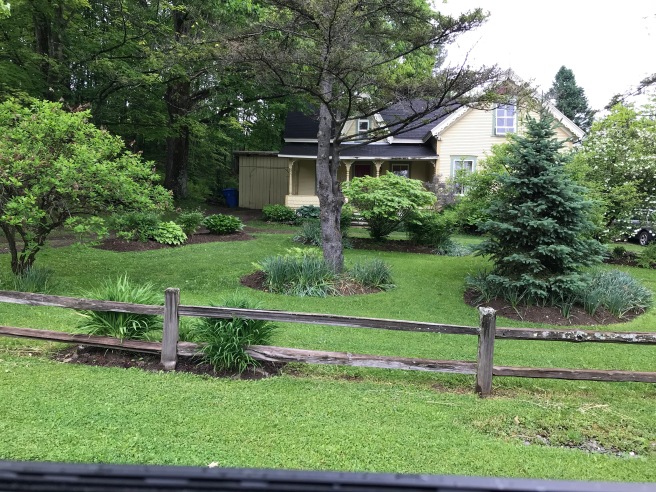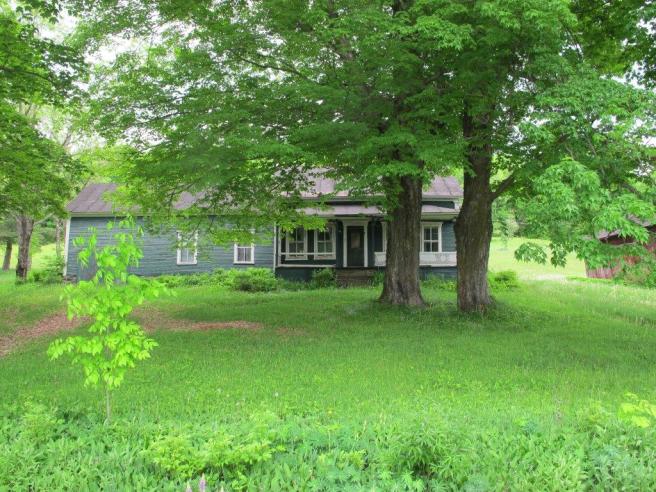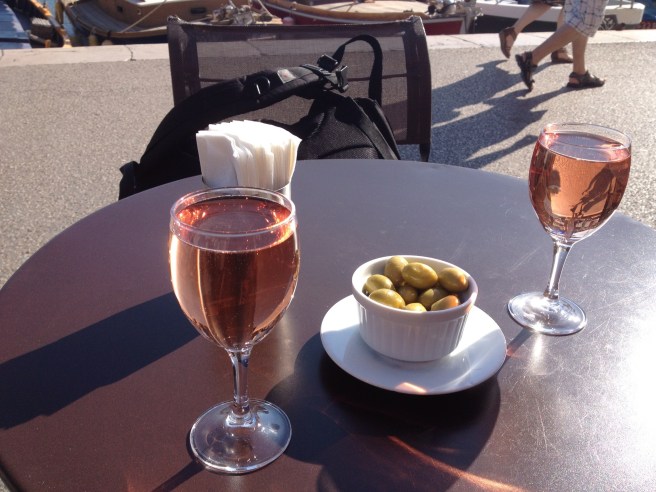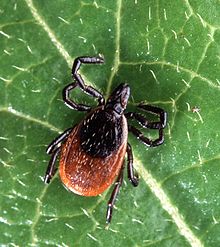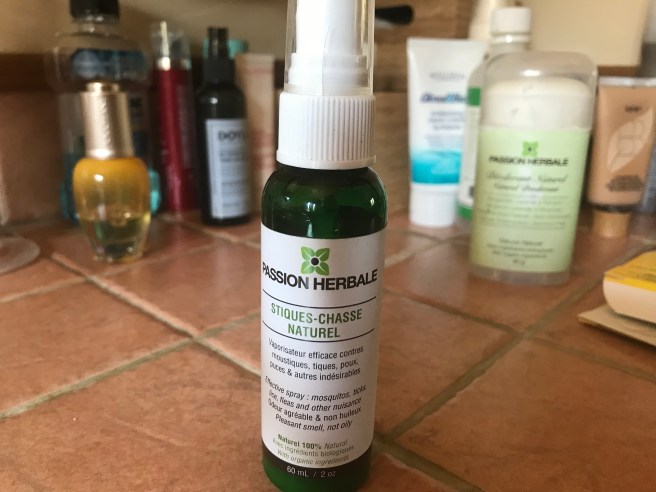Snow Day
Today we woke up to a revolution of snow,
its white flag waving over everything,
the landscape vanished,
not a single mouse to punctuate the blankness,
and beyond these windows
the government buildings smothered,
schools and libraries buried, the post office lost
under the noiseless drift,
the paths of trains softly blocked,
the world fallen under this falling.
-Billy Collins-
I really like poet Billy Collins’ use of the word revolution here. The first major snowfall of the season is like that – a forcible overthrow. We went to bed in one world and woke up in a completely different one.
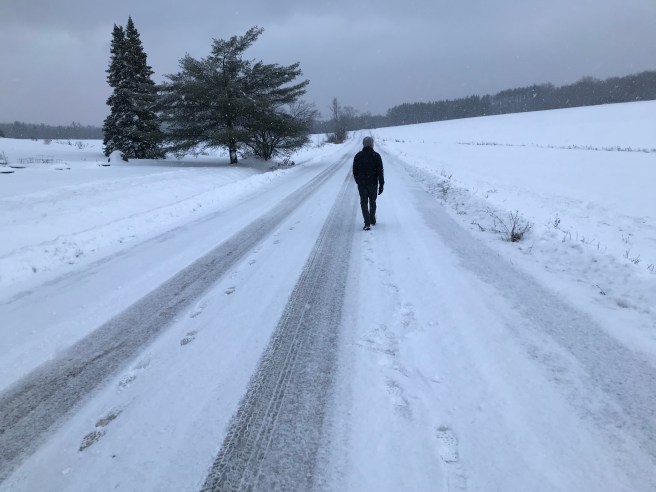
Winter has set in early this year and has left many of us reeling. The skies have been spitting snow almost continuously since the first snowfall and our lives have had to move indoors sooner than usual.

Four o’clock is now the end of the day. Street lights come on and people start thinking about heading home before dark descends and makes driving that much more difficult.
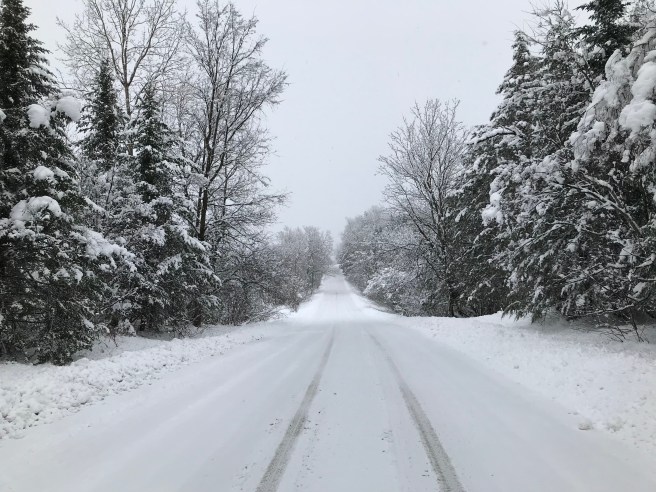 Walks to the mailbox are now along snow-covered and sometimes icy roads. Wise people wear crampons on their boots and have their ears tuned for any approaching cars. Snow softens and quietens things.
Walks to the mailbox are now along snow-covered and sometimes icy roads. Wise people wear crampons on their boots and have their ears tuned for any approaching cars. Snow softens and quietens things.
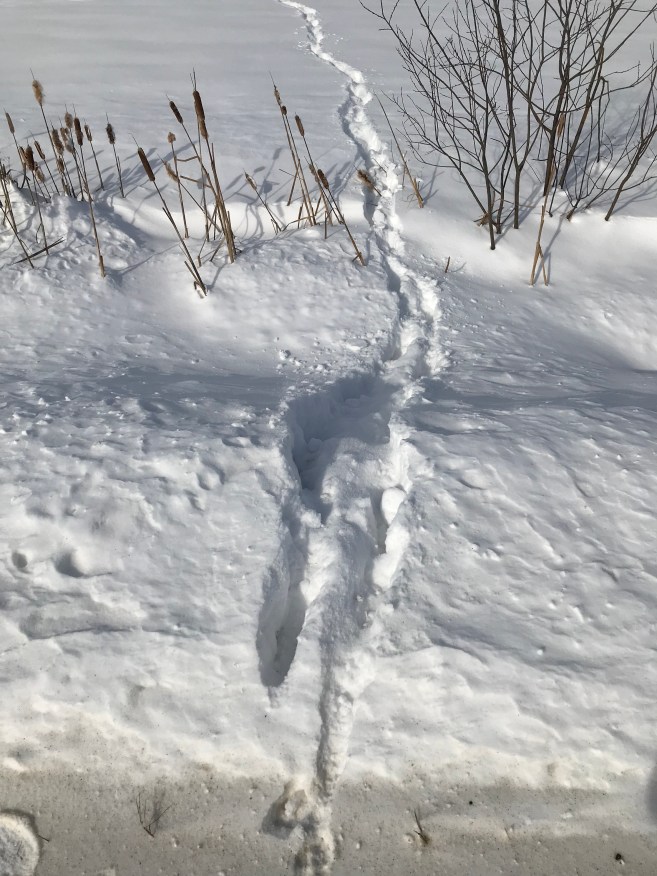
Deer that are on the move have to make their way through fields of snow. Not an easy task. They too will need to stay closer to home and hunker down on the coldest of days.
 It’s really hard to describe the experience of winter to someone who is not familiar with it. It’s quiet and soft, harsh and dark, stunningly beautiful and invigorating, cold and cruel. It’s sometimes all of these things in just one day. It builds character, some might say. Certainly it forces us to dig deep. We have to find peace being with ourselves during long dark days and nights, unearth the motivation to get out and connect with others even when it feels hard, and discipline ourselves to keep moving in a season that often makes it difficult or uncomfortable.
It’s really hard to describe the experience of winter to someone who is not familiar with it. It’s quiet and soft, harsh and dark, stunningly beautiful and invigorating, cold and cruel. It’s sometimes all of these things in just one day. It builds character, some might say. Certainly it forces us to dig deep. We have to find peace being with ourselves during long dark days and nights, unearth the motivation to get out and connect with others even when it feels hard, and discipline ourselves to keep moving in a season that often makes it difficult or uncomfortable.

Most children love winter, so maybe we can do as they do: build the snowman, lace up the skates, and clip on the skis.
Winter well my friends!




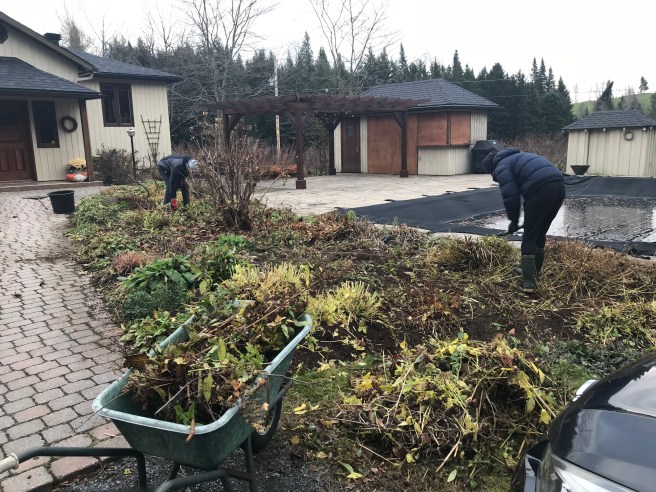

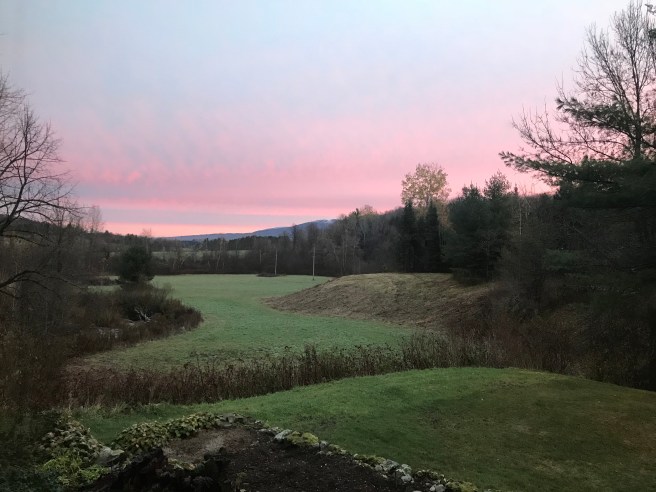




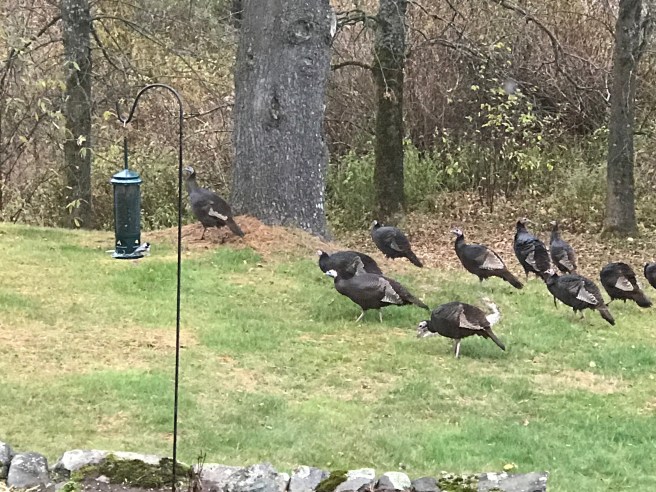


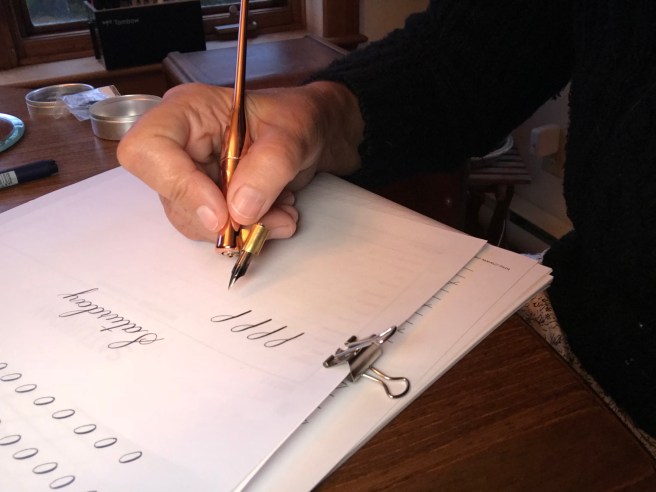
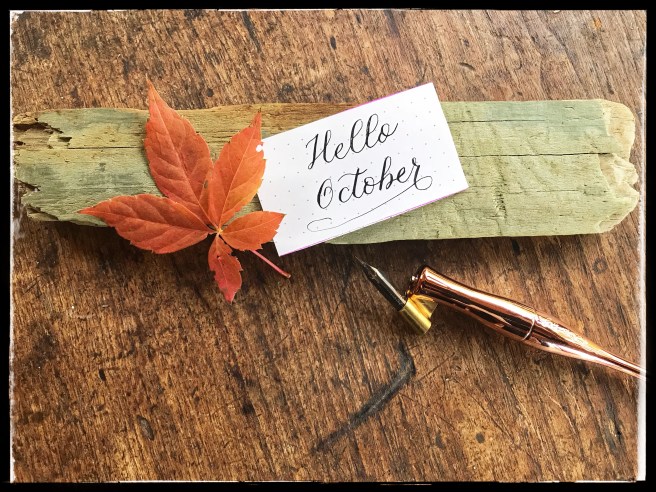

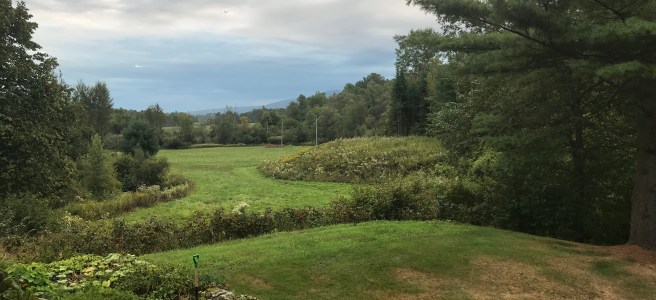
 I was thinking the other day about morning routines – probably because mine has undergone another change. For most of the past two years my morning routine was to get up at six and do my writing before the busy-ness of the day took over. I felt I was at my reflective best just as the sun was rising
I was thinking the other day about morning routines – probably because mine has undergone another change. For most of the past two years my morning routine was to get up at six and do my writing before the busy-ness of the day took over. I felt I was at my reflective best just as the sun was rising There were summers when I rose early to work in the gardens before the heat of the day made it too uncomfortable to be outside
There were summers when I rose early to work in the gardens before the heat of the day made it too uncomfortable to be outside Since March, I’ve been getting up early to practice calligraphy and brush lettering. It’s been exciting to learn a new skill and meet up virtually with others who are as passionate about hand lettering as I am
Since March, I’ve been getting up early to practice calligraphy and brush lettering. It’s been exciting to learn a new skill and meet up virtually with others who are as passionate about hand lettering as I am
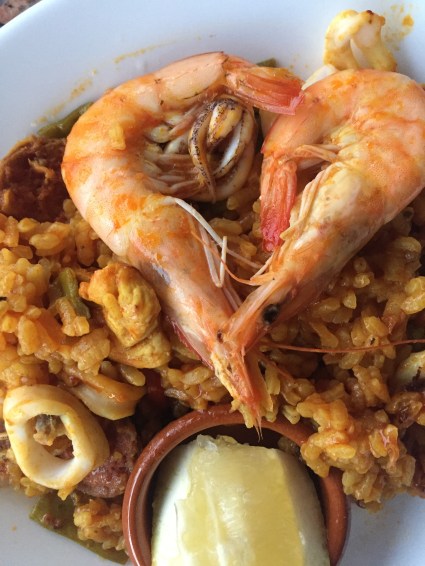





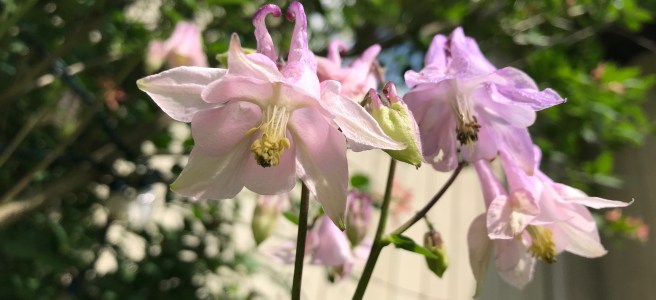
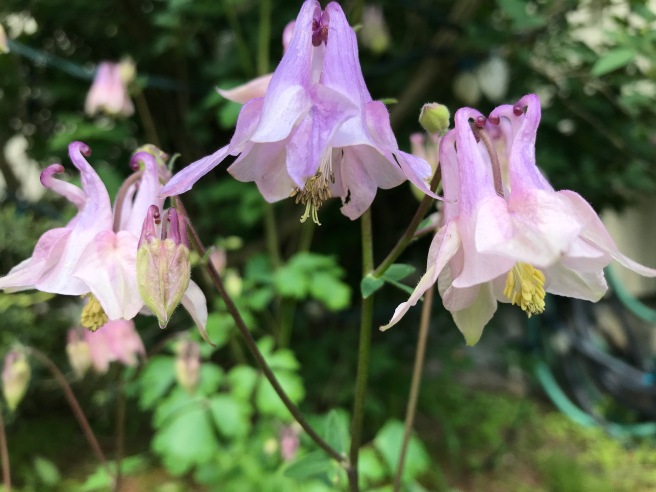 It was the early seventies and we found ourselves with little money and few skills living in an old house at a fish hatchery. What we didn’t have in skills we made up for in enthusiasm. There was nothing more exciting to us at the time than growing our own food, heating with wood, and embracing a simpler life more connected to nature. We weren’t alone. There were a whole slew of like-minded people looking for the same thing who found their way to this mountain valley at about the same time. Many built rustic homes or bought cheaper run down farm houses, raised bees or became carpenters. Some enterprising individuals learned to bake bread commercially and apprenticed on farms. One couple even opened a health food store. Potters, bakers and fledgling farmers all became part of the country lifestyle revival.
It was the early seventies and we found ourselves with little money and few skills living in an old house at a fish hatchery. What we didn’t have in skills we made up for in enthusiasm. There was nothing more exciting to us at the time than growing our own food, heating with wood, and embracing a simpler life more connected to nature. We weren’t alone. There were a whole slew of like-minded people looking for the same thing who found their way to this mountain valley at about the same time. Many built rustic homes or bought cheaper run down farm houses, raised bees or became carpenters. Some enterprising individuals learned to bake bread commercially and apprenticed on farms. One couple even opened a health food store. Potters, bakers and fledgling farmers all became part of the country lifestyle revival.